Vegetables, carbohydrates, protein, minerals, vitamins, and water are what makes up a balanced diet and a balanced meal is responsible for providing you with enough nutrients to keep your organs and tissues functioning properly.
Also, a good meal can help you avoid certain disorders in the body like diabetes, heart disease, and the likes.
Rice, a carbohydrate-rich grain, is one of the major meals in Nigeria and there’s hardly any week that passes by without eating this meal in nearly every home.
Eating rice isn’t a problem but not eating it correctly can end up becoming a problem.
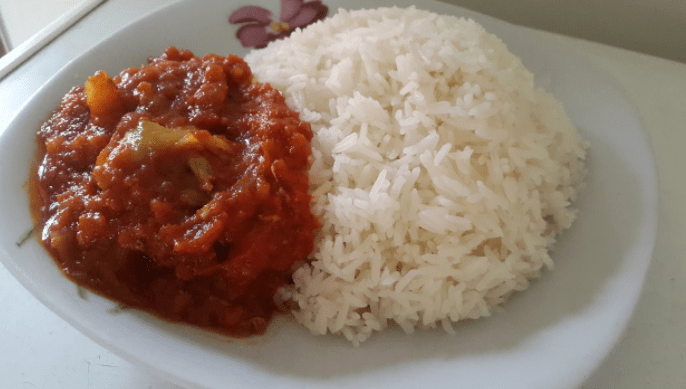
According to a member of the Association of Professional Chefs, Nigeria, chef Mark Punshak, if Nigerians desire to live healthy lives, then they should always eat rice with vegetables.
This he said at an event organized to mark the 2017 International Chefs Day at Abeokuta.
Punshak said that rice, especially the common white type consumed in Nigeria, has a very high concentration of starch or carbohydrate.
“Nigerians love to eat rice and in fact, it is the most popular staple food in the country.
“It is almost a mandatory dish at occasions, on Sundays and even daily, and it can be prepared in diverse ways of which include, Jollof, With Stew, Fried, Coconut and many other ways.’’
ALSO READ: 6 Amazing Nigerian Snacks Less Than 200 Calories
Punshak stated that white rice is about 90 per cent carbohydrate, eight per cent protein and two per cent fat, therefore, it is advisable to cook or eat rice, whether white, jollof, fried with mixed vegetable or sauce from locally grown and affordable vegetables for added nutritional benefits.
“We say, No more rice without vegetables’’: It is important to have vegetables in every spoon of rice. We are a rice eating country.”
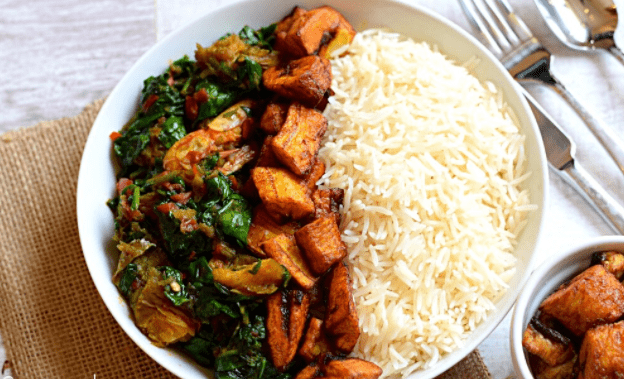
“To be able to balance our dish, we are talking very strongly about the use of vegetables because vegetables give vitamins and also it gives attraction and colours to the dish.
“It is important for us to add vegetable, whether it is Fluted Pumpkin leaves or `Ugu’ in local Nigeria parlance, carrots, cabbage or any other vegetable to give more nutrients and attraction to the food.
“Vegetables give rice appealing look, it gives it more value, also in terms of mouthful, it makes it more enjoyable.’’
Punshak adds: “When vegetables are in your dishes, they are more enjoyable than when they are just flat.
“Then, when you eat more vegetables, you are playing a lot with vitamins, and vitamins do a lot in our system to help fight against diseases and make us healthier.
“That is the reason why we say we must eat our rice with vegetable; there are commonly grown vegetables around us that we can afford to be in our diet.’’

Opting for vegetables doesn’t necessarily require you to spend so much money as common vegetables like fluted pumpkin (known as ugu), spinach (efo) and the likes require very little to purchase as compared to the amount spent in purchasing the rice.
According to Punshak, “Fluted pumpkin leaves contain a good amount of Vitamin A, Vitamin C, Calcium, and Iron, while still being low in calories.
“Ugu contributes to blood building and good health and that is why it is recommended; people in the low-income group can daily include it in their diet because it is cheaper.
“The leaves are rich in iron and the vegetable plays a key role in the cure of anaemia; also, it can effectively be used to fight and prevent diseases, such as kwashiorkor.
“Since our body cannot produce these vitamins on its own or even store them, one should be consistently getting enough vitamin C in the diet.’’



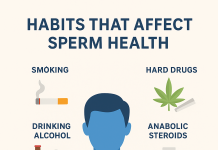



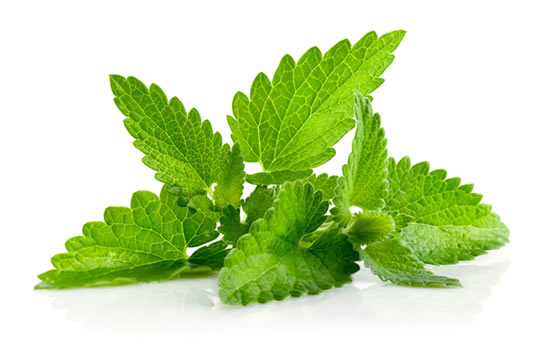
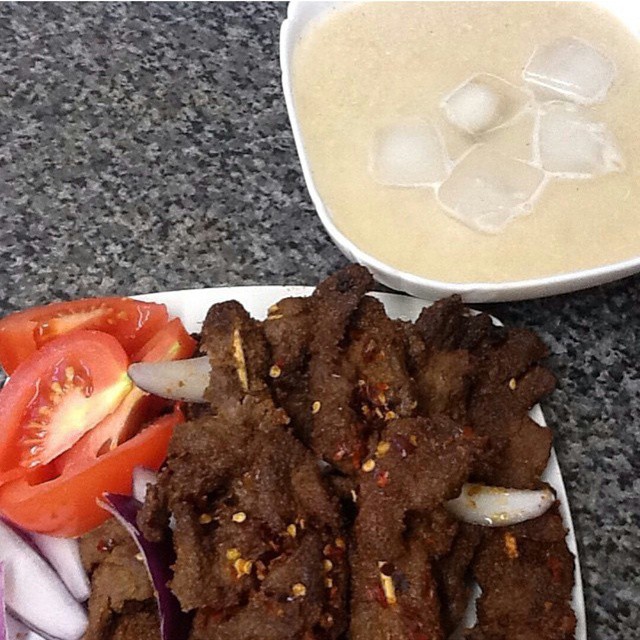

Özenli dikiş yapısı ve kaliteli baskılarla iş elbiseleri markanızı sahada başarıyla temsil eder.
İş elbiselerinde şıklığı ve fonksiyonelliği aynı potada eriterek firmalara modern çözümler sunuyoruz.
Her kurumun güvenlik anlayışına uygun olarak özelleştirilebilen özel güvenlik kıyafetleri sunmaktayız.
Tarzını yansıtmak isteyen ama abartıdan uzak duranlar için ideal bir marka.
Moda blogger’larının önerdiği kadar varmış, kesinlikle hakkını veriyor.
Hızlı kargo, doğru beden ve kaliteli kumaş – üçü bir arada nadir oluyor!
Giydiğimde kendimi özel hissettiğim parçalar arıyordum, Danzy bu ihtiyacımı karşıladı.
Thanks for sharing. I read many of your blog posts, cool, your blog is very good.